Fustle Causeway GR1 review
Fustle's Causeway barges into the gravel scene with more than a little MTB bias
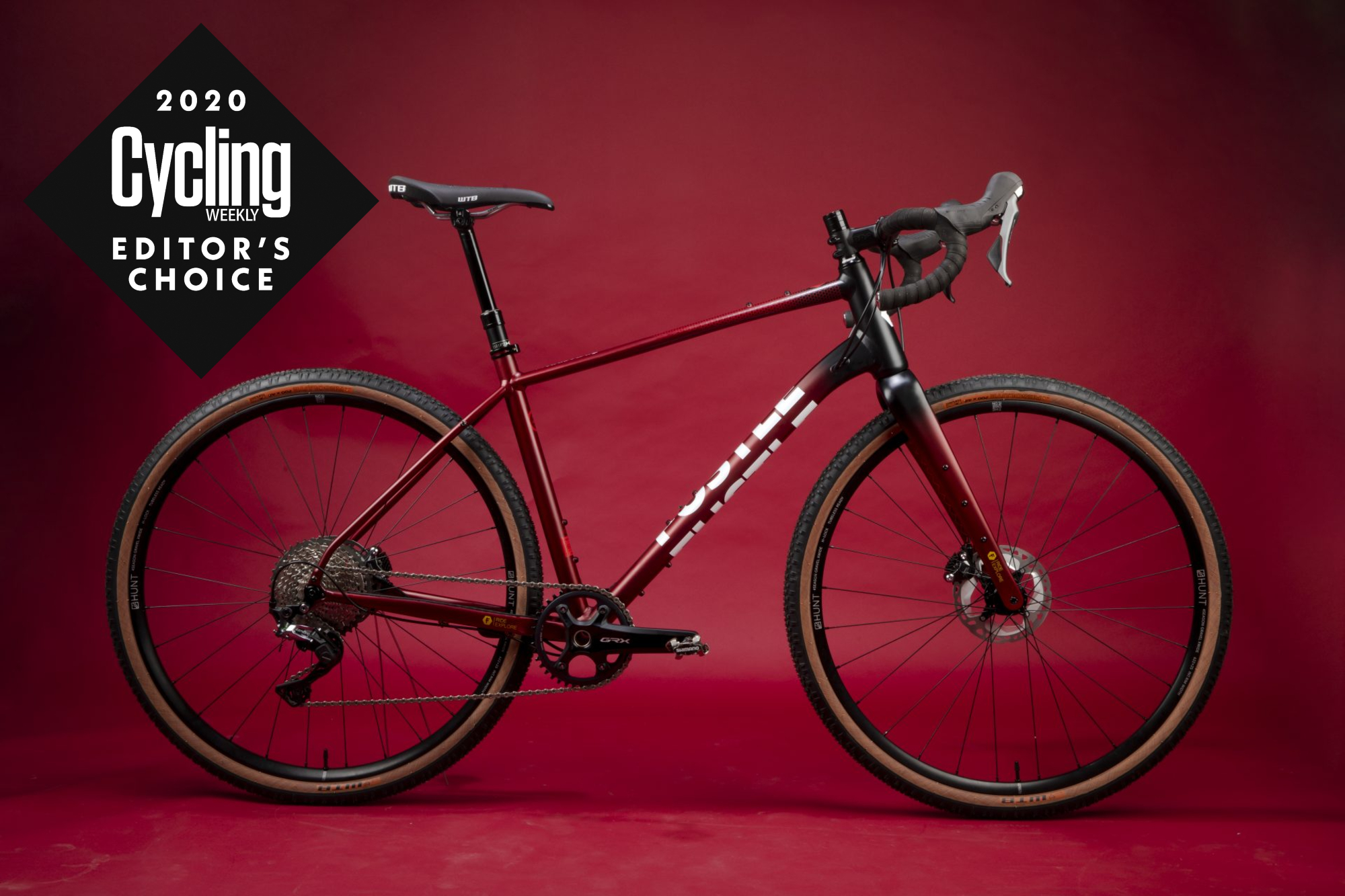
Whilst it is undeniably all about off-road performance the Fustle Causeway GR1 is more than just a one trick pony, it's stable, confident and most of all an absolute blast to ride if just a little steady on the tarmac. If you want a bike that blurs the line between gravel and MTB and will be a solid companion for any adventure then, barring a little component change, it represents a really good choice.
-
+
Class leading handling
-
+
Durable build quality
-
+
Extremely capable off road
-
+
Ability to tune spec
- +
-
-
Wheels kill the ride
-
-
Not as quick on the tarmac
- -
You can trust Cycling Weekly.

The Fustle Causeway GR1 was selected for an Editor's Choice award in 2020. This year's list contains 78 items which scored a 9 or 10/10 with our tech team - this gear is the best of the best, and has received the Cycling Weekly stamp of approval.
Fustle might be a name many of you are unfamiliar with but if you are looking for a new gravel bike that will allow you to push into even more technical terrain you need to sit up, take notes and find out all about its new bike, the Causeway GR1.
Fustle launched just a few short months ago and currently produce just the single Causeway GR1 model. Before you question why you might want to invest your hard earned money in a bike from an unproven upstart company from Northern Ireland you might want to know a little more about the man and the thinking behind the brand.
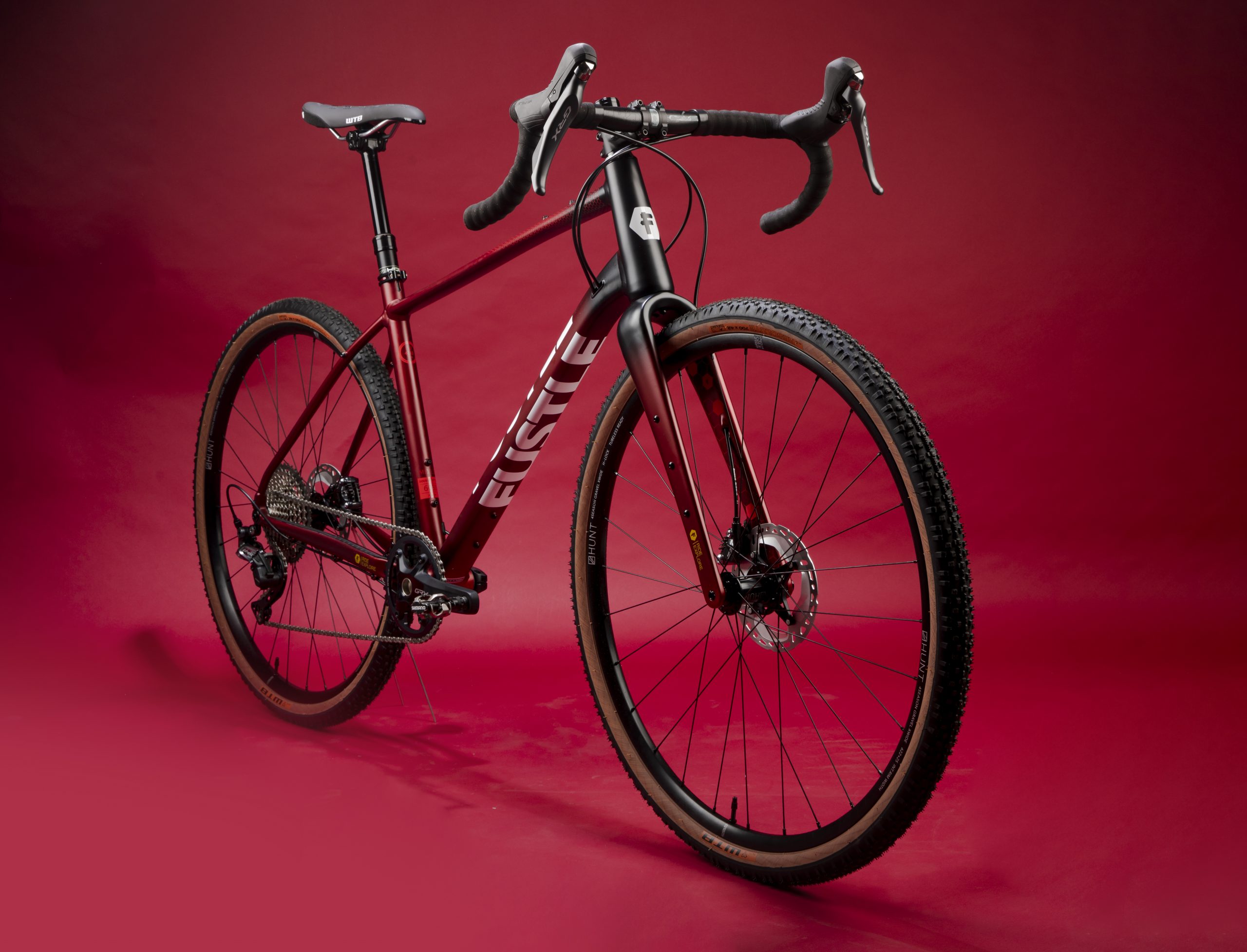
Alastair Beckett, principle designer and basically Mr Fustle is a prolific and highly regarded frame designer in the mountain bike world. He's responsible for designing full suspension frames for the likes of Nukeproof and Forbidden (see our sister mag MBR for more about those brands). Designs where geometry, tube measurements and suspension kinematics can have huge implications as to how a bike can ride, probably far more than a typical gravel or road bike. With Fustle he has taken all of that off-road knowledge and has set out to build the most off-road capable gravel bikes for today's more adventurous gravel riders.
>>> The best gravel and adventure bikes in 2020
Fustle follows a simple direct-to-consumer approach to selling its bikes but has pushed it up a notch thanks to the ability to cherry pick the specification of your particular bike from a whole host of optional choices - you want Enve wheels? You got it. Dropper post and 650b wheels? Yep, you can opt for those as well. Fustle is happy to talk a prospective customer through the choices, helping them choose the perfect components to suit their style of riding and tuned to where they ride. There is of course a standard build option at £1999 or you can even purchase the frameset on its own for £799.99, chassis (frame, forks, stem and seatpost) for £849.99 or rolling chassis (chassis plus wheels and tyres) from £1199.
Frame
The Causeway GR1's frame is what all the fuss is about (the name Fustle actually comes from a shortening of 'Less Fuss' but translated through Beckett's four-year-old son). It's made from good old 6061 aluminium alloy, making for a strong yet reasonably light tube set without being costing the earth.
As to be expected it has more than just a hint of mountain bike about the frame shape, with a notably sloping top tube to create more stand-over. The rear stays are shaped to provide a little forgiveness and both seat and chainstays flare in just the right ways to provide plenty of clearance for both tyres and heels, without needing to be overly long and ultimately killing the handling.
It's the numbers that further increase the MTB cross-over and what give the Causeway its distinctive ride. Up front Fustle has opted for a 69 degree head angle (measured 69.1 degrees), significantly slacker than most gravel bikes. This places the front wheel further forward and prevents the rider's weight being pitched too far forward when riding steeper downhill slopes. This can of course reduce steering speed and precision so again the Causeway has another trick up its sleeve thanks to a longer than average reach/top tube. This enables Fustle to spec the Causeway with a much shorter stem than normal (60mm is standard), speeding up steering response without cramping the cockpit space. The combination is much like that found on modern, progressive hardtail mountain bikes and increases the rider's control and confidence when riding tech trails.
>>> Which is best for gravel biking- 700c or 650b?
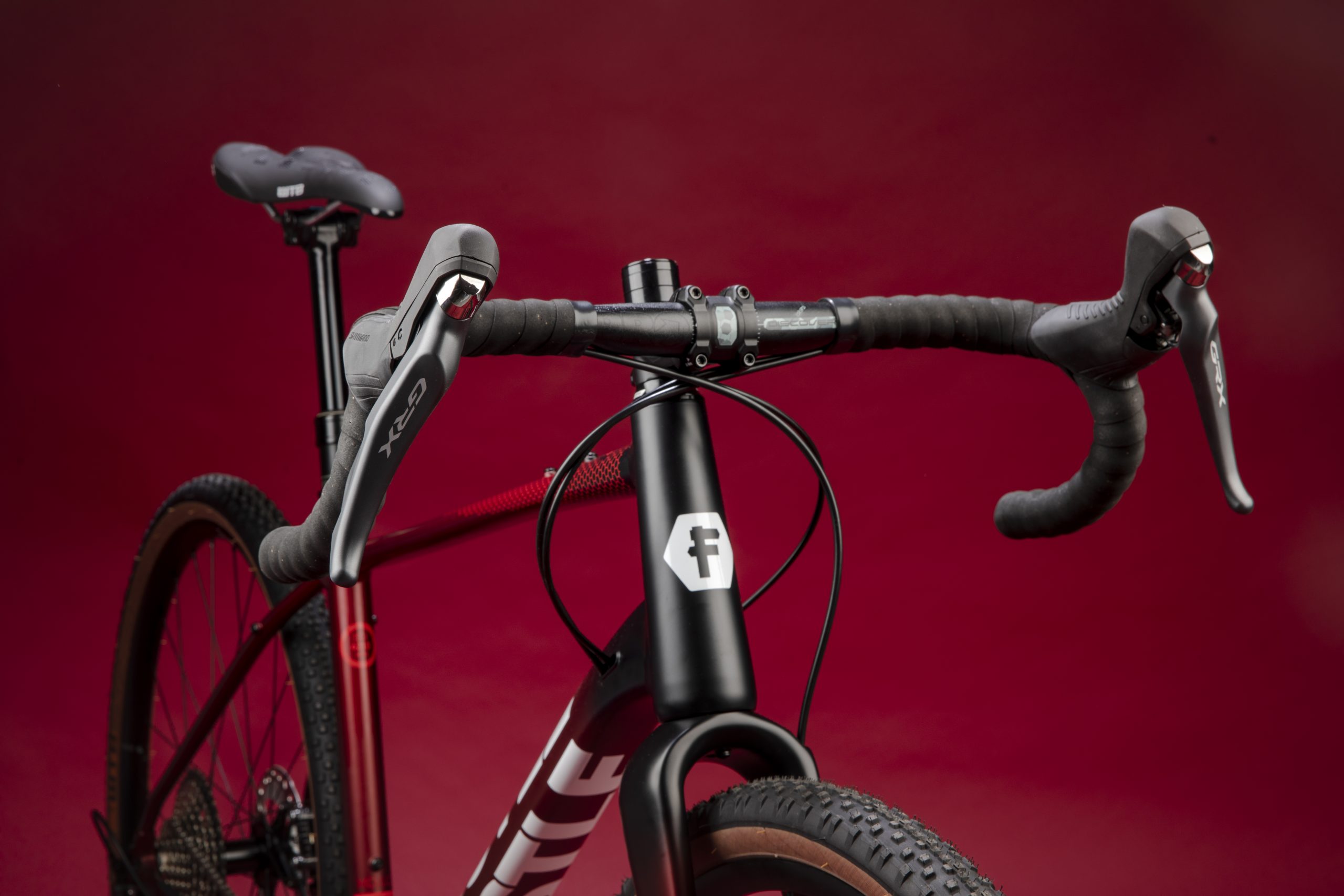
The seat angle is similar to most other good gravel bikes at around 73 degrees, placing rider weight in the sweet spot for traction and balance when climbing in the saddle. Thanks to this attention to the numbers the Causeway GR1 doesn't need to have a overly tall head tube to adjust rider position so the frame proportions look 'right'. Although one downside of this and the swan neck down tube is it closes off some of the real estate inside the front triangle, something that can potentially restrict the use of certain bike packing frame bags.
The frame ticks all the boxes in terms of details. Three bottle cage mounts and eyelets for a rear rack/accessories are there as expected. Fustle also add a bottle cage/accessory bag mount on the top tube as well, increasing carrying capacity even further. Cable routing is internal and a simple open hatch at the bottom bracket makes replacing cables a relatively simple job. There is also internal cable routing for a dropper seatpost (31.6mm diameter seat post measurement).
It will take 700c or 650b wheel sizes without unduly impacting the ride quality (as long as you stick to recommended tyre widths) and frame clearances allow up to a 50c tyre width on a 700c wheel - so you can opt for super high volume rubber. The paint finish has proved to be durable so far and I really grew to love the blue/black fade colour scheme - green and red are also available. As with any bike that will be used for bike packing you might want to add a couple of layers of tape where bag straps touch the frame, just in case.
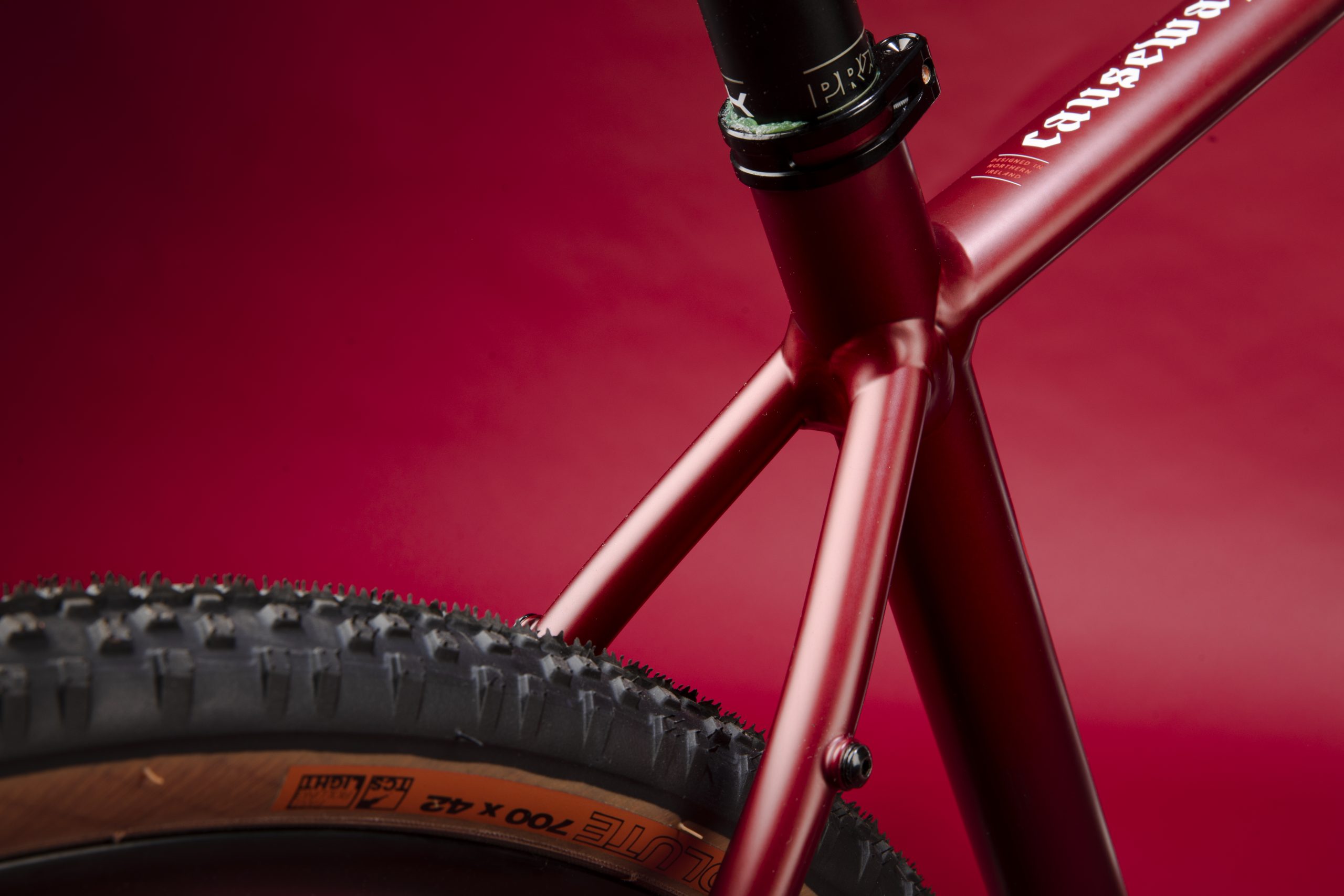
The Causeway GR1's fork is full carbon has a solid wide stance that allows the same 50c tyre clearance as the frame and is also has triple accessory mounts on each fork blade. Both frame and fork use bolt-thru axles.
Components
I talked through my particular requirements with Fustle before handing it over to them to choose the best fit of the component choices. Every component Fustle lists as options have been tested and ridden to ensure they work harmoniously with the frame, although if there are other options you just can't live without then Fustle should be able to sort you out.
I opted to go for the 'standard' Shimano GRX RX810 groupset in single ring configuration. A 40-tooth chainring up front and 11-42 cassette combined to provide a range of gears that saw me able to tackle any climb I chose without feeling over geared and having to concede defeat. Despite of this ease, it still kept the speed up on the tarmac on those necessary transition stages between trails. Shifting was precise and flawless as per usual and barring exotic, after-market brakes (such as Hope) the GRX hydro stoppers are without doubt the best on the market with superb modulation and bags of power. I'm also a massive fan of the new GRX lever shape.

The 700c DT Swiss GR1600 wheels were chosen by Fustle to get the Causeway up and running. These are incredibly durable, provide solid pick up and stayed true throughout the test however they were the cause of the only issue I had with Causeway, something I'll come on to later. Luckily Fustle's customisation process means you can specify a different set of wheels at the point of purchase so you don't need to be stuck with a set of wheels you don't like.
Tyres are WTB's Resolute in 42c width, these have a lot more grip than a more hybrid style gravel tyre but still roll well on smooth surfaces thanks to the consistent tread along the centreline. Set up tubeless and running 35psi these are some of my favourites for confident off road grip and puncture protection.
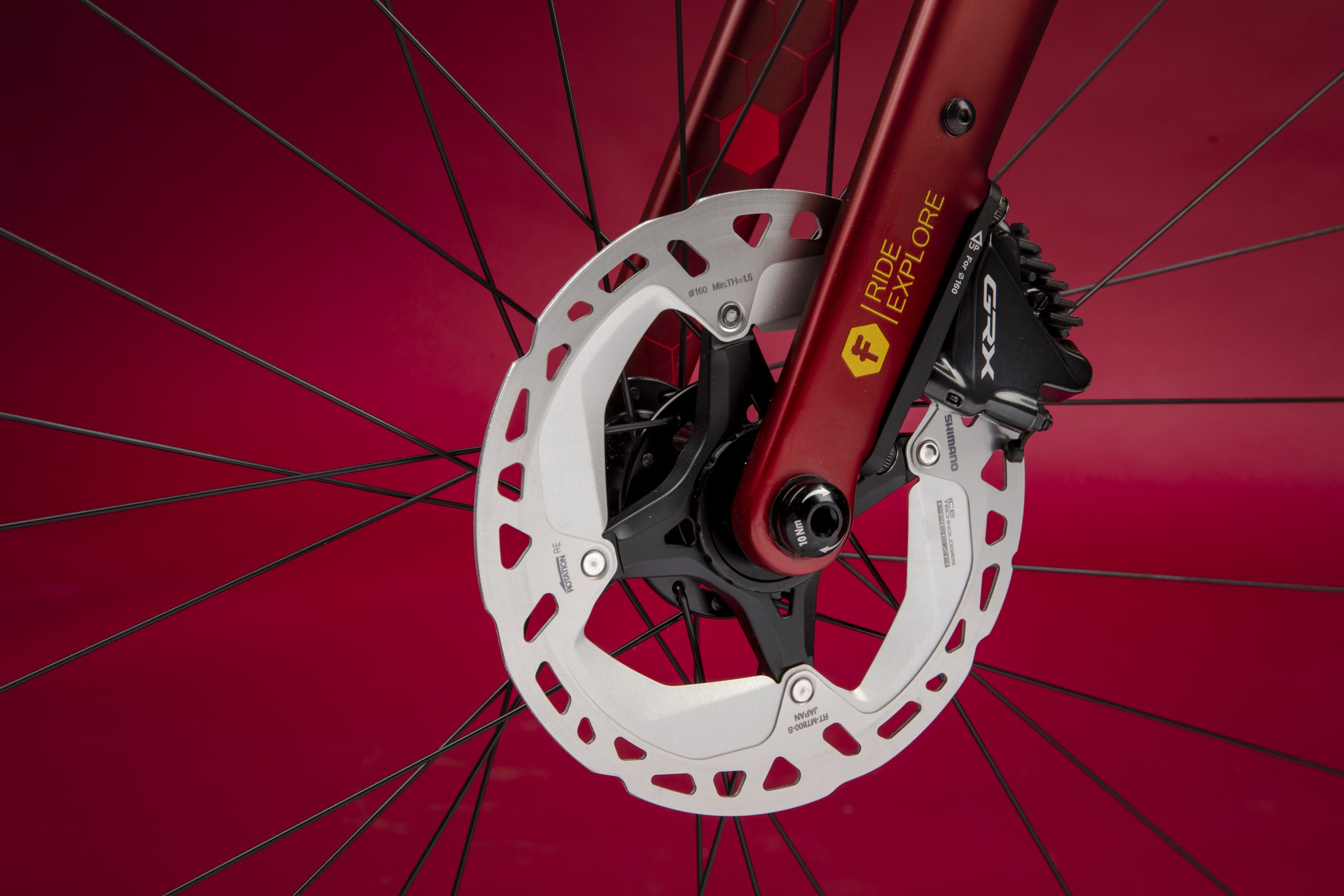
Shimano's component arm Pro supply the finishing kit barring the comfortable WTB Volt saddle. The Pro Discovery gravel handlebar has a wide flare and provides a suitable position to control the ship from. Fustle also added a Pro Koryak dropper seatpost to further ram home the off-road tendencies of the Causeway GR1. This is controlled using the redundant left hand GRX shifter, total genius.
The ride
Hitting the roads from my home in order to get to the woods I was a little disappointed with how the Causeway reacted under pedalling. It felt distinctly languid in its handling and slow to react to pedal input, especially on a steeper climb I encounter each ride. But as soon as I turned off the tarmac and onto the first ribbon of singletrack I realised that this bike just isn't an adapted road bike and that I had just jumped on this off the back of several lightweight race and gravel bikes. If you want a bike to be as rapid as a road bike off-road then this isn't the bike for you. It is of course fast if you really hammer it on the flats and climbs but the Causeway forces you to re-tune how you ride. It prefers cruising and exploring to FTP and max heart rate efforts.
Hit the gravel or, more importantly, singletrack and the handling Fustle has endowed the Causeway with enables you to ride with the same gusto as on a mountain bike. I went from the feeling of being a passenger that you get when riding many gravel bikes downhill on loose, rooty or rocky terrain to actually being in control. The slacker head angle helps you keep your head up and body position correct and the short stem and wide bar deliver precise steering - it is without doubt more capable than every gravel bike I have ever tested and had me pushing the limits from the first ride.
It's in this sort of terrain that the Fustle Causeway GR1 feels most at home.One niggle that did rear its head and had me really scratching as to the cause was a large amount of distracting harsh feedback I felt through the handlebar when hitting rougher sections. It was enough to prevent me fully enjoying the experience. However after plenty of experimenting with different components, setup and chatting to some other experts I came to the conclusion that the cause was the DT Swiss wheels. They simply were too stiff and direct to cope with the impacts that came from the increased speed without pushing it through to the rider. Switching to the more forgiving Zipp 303 S (yes, I know they add plenty of cost!) instantly reduced the feedback and let me get on with enjoying the ride.
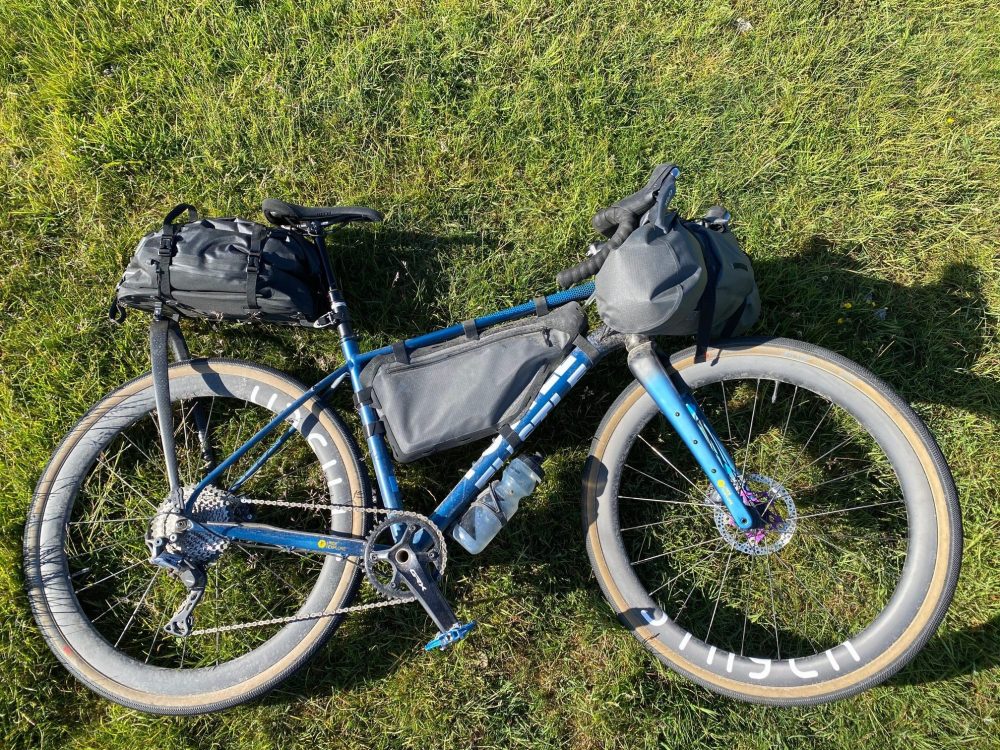
Once you get used to just taking the speed and effort levels down a notch the Causeway is a faithful companion that will withstand the rigours of everyday riding - it would even make a half decent commuter with a change of tyre. Fully laden it was stable and still confident enough to bash downhill with aplomb although I was thankful for the GRX's low gearing.
>>> How to get started in bikepacking
Value
The price of this custom build came out to approximately £2513 so it isn't entry level, however you can get a build with the same frameset and groupset for £1999, so it is actually really competitive for an aluminium framed gravel bike with a reliable set of components. Of course the frame is the star of the show so you could always buy the frameset separately and build it with your own existing parts.

Thank you for reading 20 articles this month* Join now for unlimited access
Enjoy your first month for just £1 / $1 / €1
*Read 5 free articles per month without a subscription

Join now for unlimited access
Try first month for just £1 / $1 / €1
Get The Leadout Newsletter
The latest race content, interviews, features, reviews and expert buying guides, direct to your inbox!
James Bracey's career has seen him move from geography teacher, to MBR writer, to Cycling Weekly's senior tech writer and video presenter. He possesses an in-depth knowledge of bicycle mechanics, as well as bike fit and coaching qualifications. Bracey enjoys all manner of cycling, from road to gravel and mountain biking.
-
 'This is the marriage venue, no?': how one rider ran the whole gamut of hallucinations in a single race
'This is the marriage venue, no?': how one rider ran the whole gamut of hallucinations in a single raceKabir Rachure's first RAAM was a crazy experience in more ways than one, he tells Cycling Weekly's Going Long podcast
By James Shrubsall Published
-
 Full Tour of Britain Women route announced, taking place from North Yorkshire to Glasgow
Full Tour of Britain Women route announced, taking place from North Yorkshire to GlasgowBritish Cycling's Women's WorldTour four-stage race will take place in northern England and Scotland
By Tom Thewlis Published
-
 Positive signs for UK bike industry as Halfords cycling sales grow
Positive signs for UK bike industry as Halfords cycling sales growRetailer admits that the impact of Donald Trump's tariffs remains to be seen
By Tom Thewlis Published